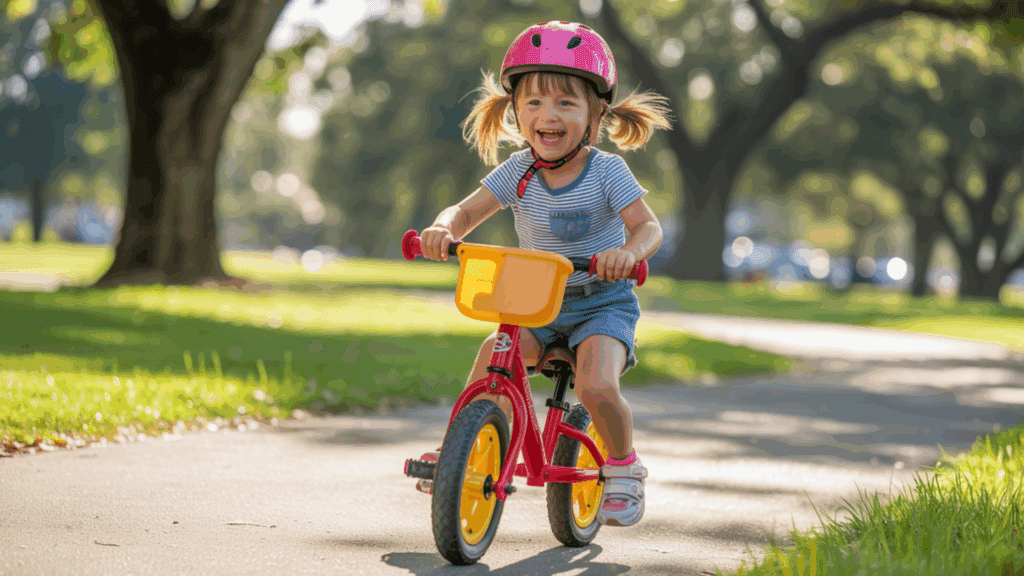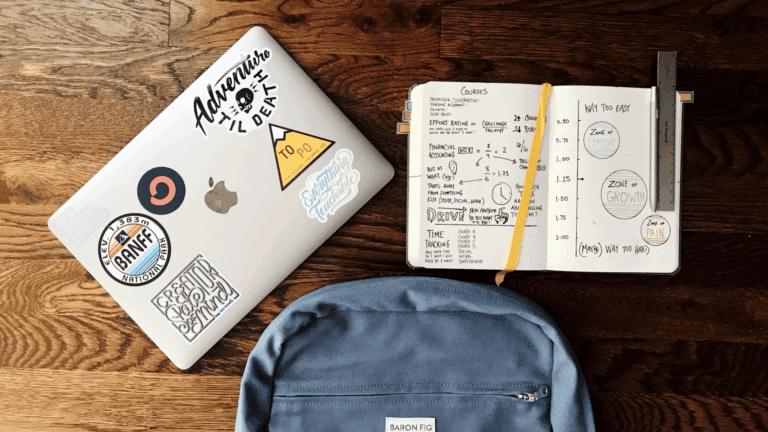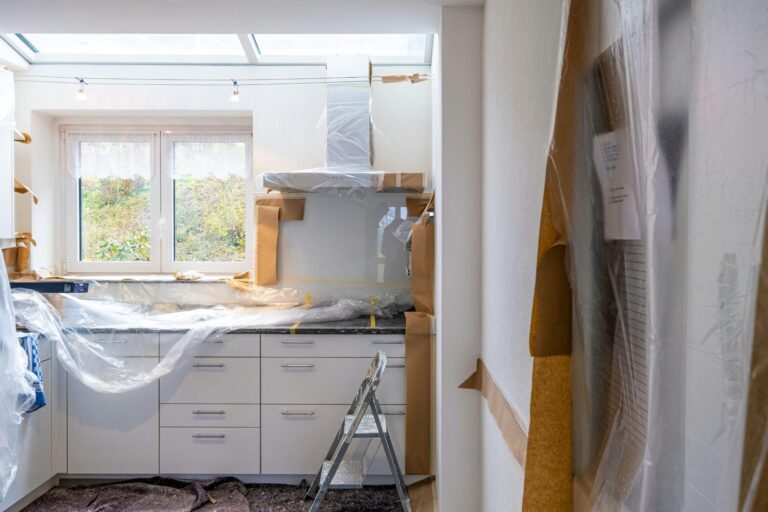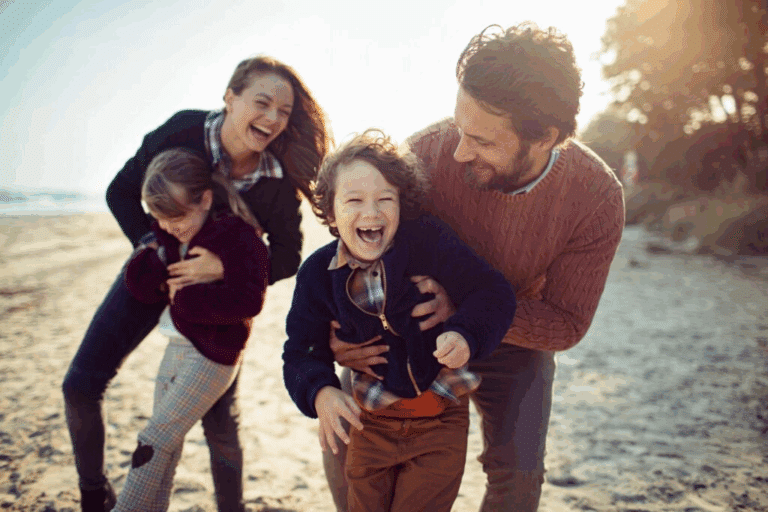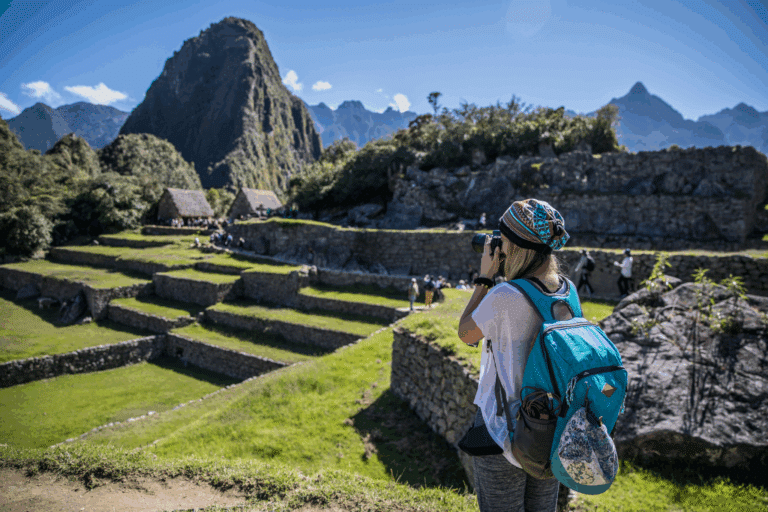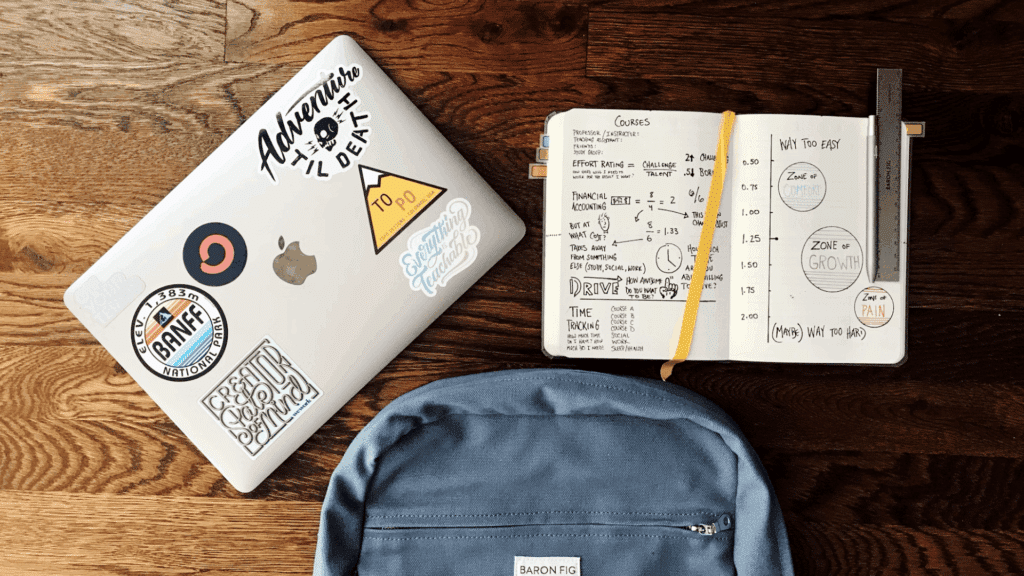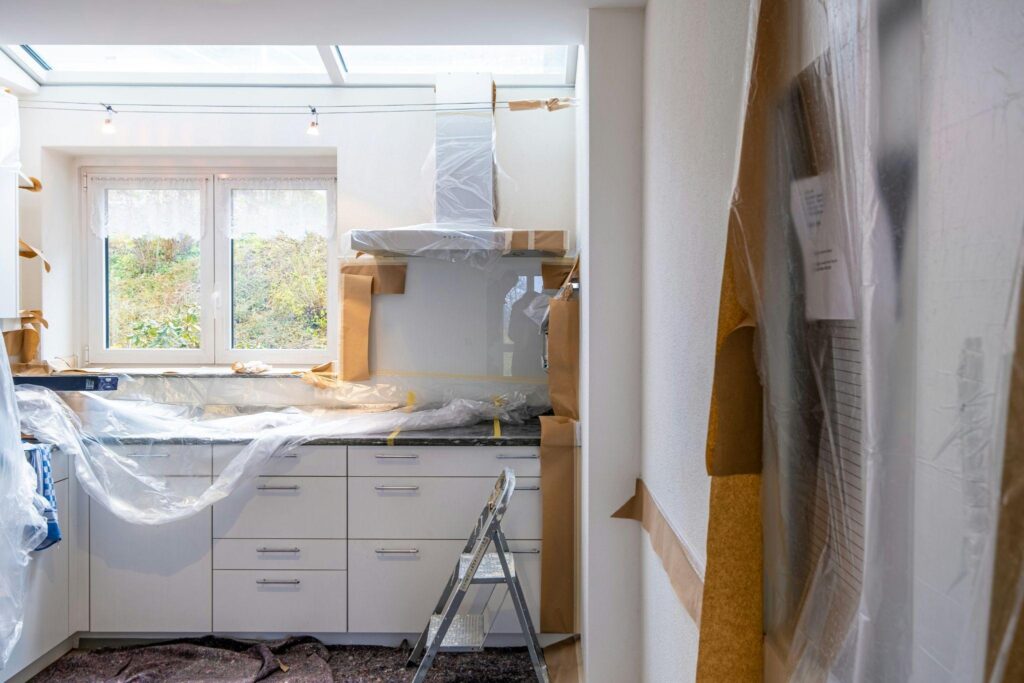Parents often watch their toddlers struggle with training wheels, wondering if there’s a better way to teach cycling. Many don’t realize that balance bikes offer a smoother path to two-wheel confidence than traditional methods.
These pedal-free bikes help children master balance and steering naturally, making the transition to regular bicycles much easier and less stressful for families.
Finding the best balance bikes for children can save parents time, money, and countless tears during those first riding lessons.
What is a Balance Bike?
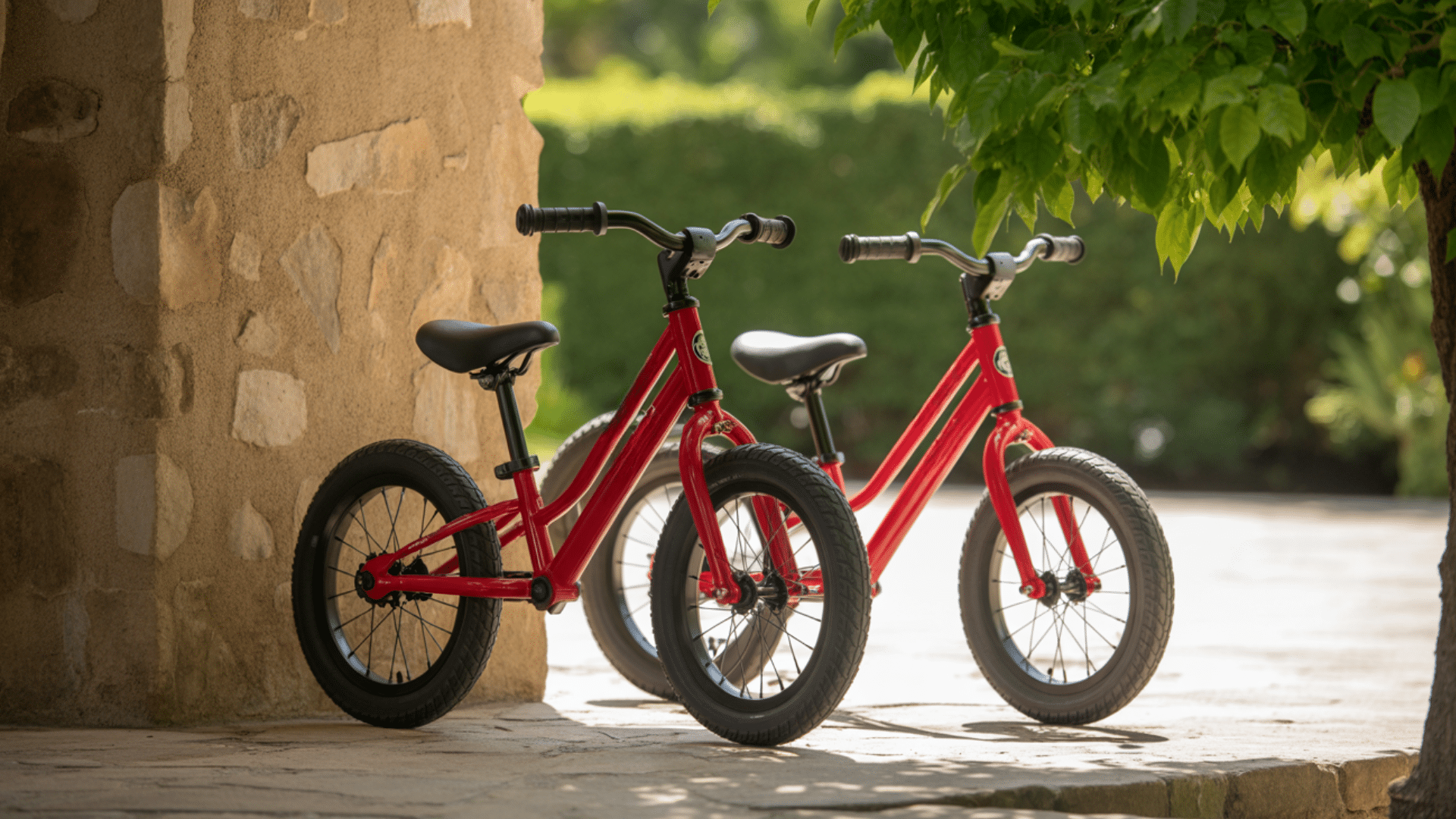
A balance bike is a two-wheeled bicycle without pedals or training wheels. This simple design helps young children learn cycling skills naturally by focusing on balance and coordination first.
They start slow and gradually lift their feet off the ground for longer periods as confidence builds. This natural process feels less scary than jumping straight onto a traditional bike.
Balance bikes suit children between 18 months to 5 years, with most starting around age 2. When finding the best balance bikes for children, parents should focus on their child’s height rather than age – kids need both feet flat on the ground while seated.
Most children transition to regular bicycles without training wheels by age 4 or 5, making balance bikes an effective learning tool.
Balance Bikes vs Training Wheels: Which is Better?
Parents face a crucial decision when teaching their children to ride bikes.
Balance bikes and training wheels offer different approaches to learning. Understanding the pros and cons helps families pick the best method for their child.
| Aspect | Balance Bikes | Training Wheels |
|---|---|---|
| Learning Method | Kids learn balance by scooting and lifting their feet | Focus on pedaling with added stability, no balance training |
| Skill Development | Builds balance, coordination, and confidence | Encourages pedaling, but delays balance development |
| Transition Timeline | Smooth transition to regular bikes by age 4–5 | Difficult transition after the wheels are removed |
| Safety | Lower center of gravity, easy to stop with feet | Risk of tipping on uneven surfaces |
| Investment Value | 2–3 years of use, high resale value | Outgrown quickly, limited resale potential |
Key Criteria for Choosing the Best Balance Bikes
Parents need to consider several important factors when selecting a balance bike for their child. The right choice depends on the child’s age, size, and skill level.
This knowledge makes the selection process much simpler and more focused.
1. Frame Weight: Look for bikes under 8 pounds so children can easily lift and control them. Heavy bikes make it harder for kids to balance and can cause fatigue during longer play sessions.
2. Seat Height Range: Choose bikes with adjustable seats that accommodate your child’s current inseam measurement plus room for growth.
3. Tire Type: Pneumatic tires offer better shock absorption and grip on various surfaces, while foam tires require no maintenance and never go flat. Consider where your child will ride most often when making this choice.
4. Brake System: Some balance bikes include hand brakes to teach proper stopping techniques, while others rely on foot braking. Hand brakes help prepare children for regular bicycles, but add complexity for very young riders.
5. Safety Certifications: Check for CPSC or ASTM safety standards compliance to ensure the bike meets basic safety requirements. When finding the best balance bikes for children, these certifications indicate that proper testing for stability and durability has been completed.
Selecting the Best Balance Bike for Your Little One
Choosing the right balance bike requires careful consideration of your child’s specific needs and developmental stage.
Finding the best balance bikes for children involves evaluating factors such as weight, adjustability, and safety features to match your child’s current abilities.
1. Top Pick for Lightweight Performance
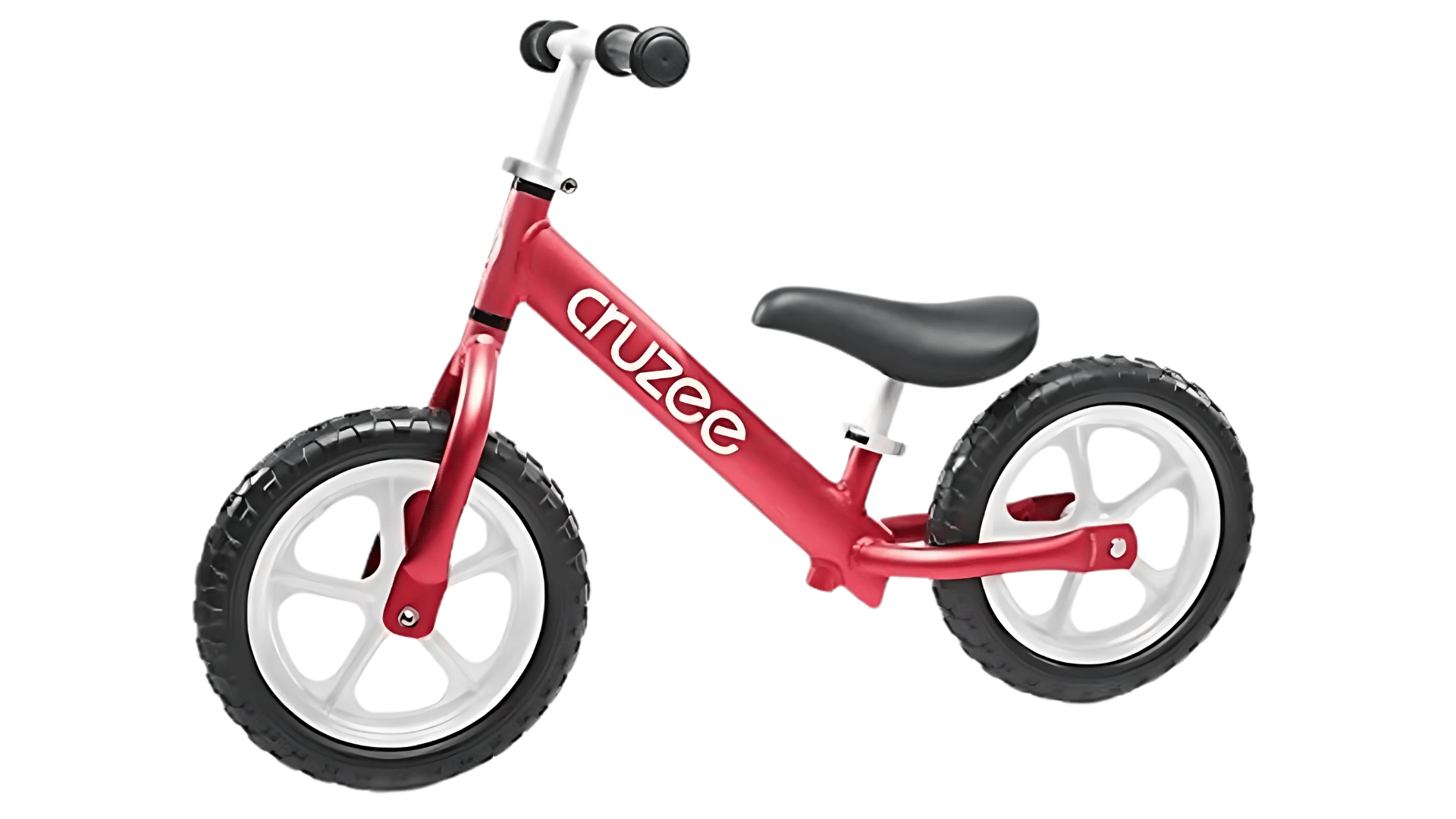
The Cruzee OvO Ultralite stands out as the lightest balance bike available, weighing only 1.98kg compared to other models that often exceed 4kg.
This aluminum frame bike offers exceptional durability and comes in nine vibrant color options. The foam tires require no maintenance and suit children from 18 months to 4 years.
- Height Range: 32cm to 43cm (54cm with extension)
- Weight: 1.98kg
- Frame Material: Aluminum with foam tires
2. Best All-Around Choice for Growing Children
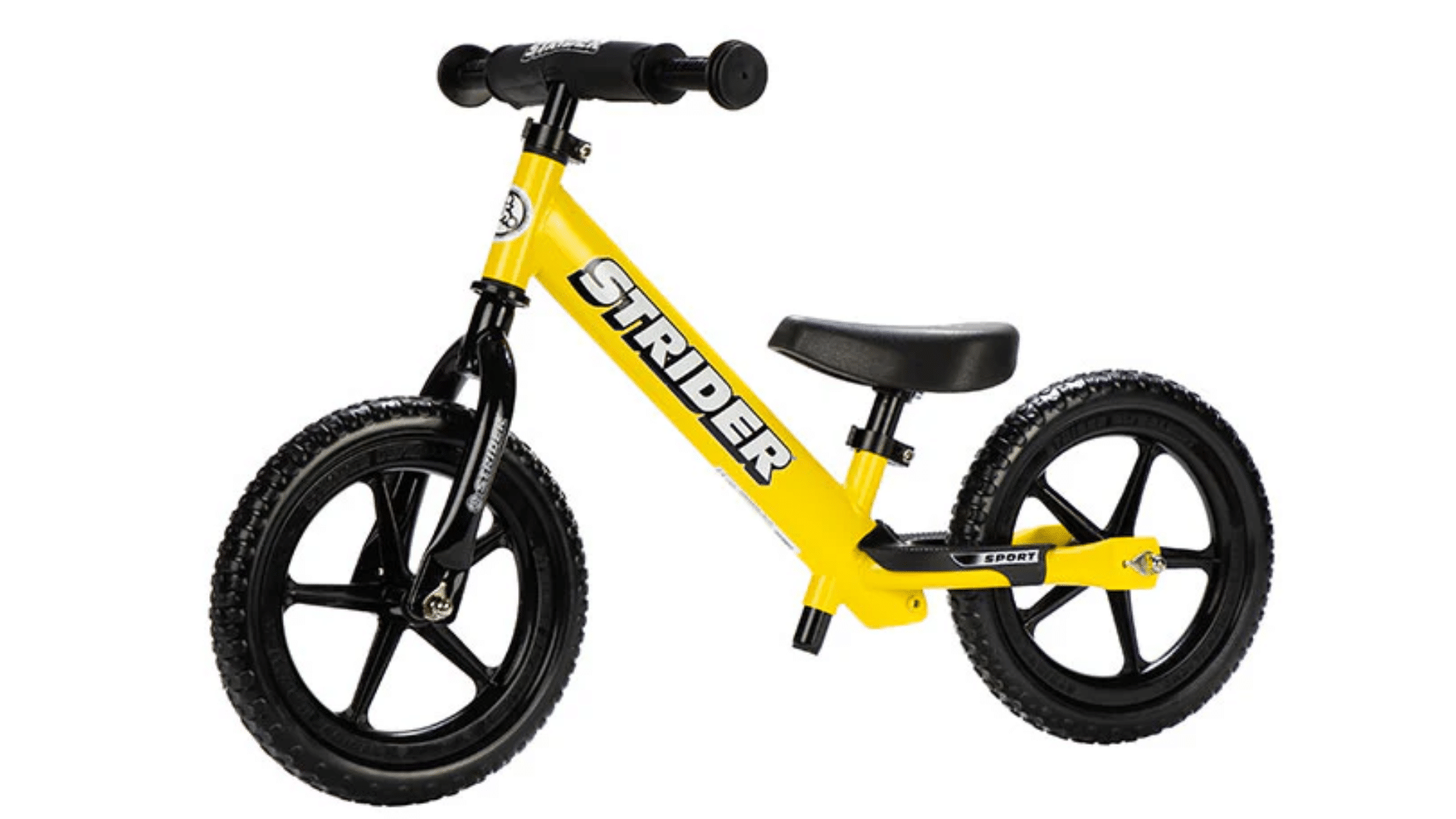
The Strider Sport balance bike offers excellent versatility with its low standover height and substantial seat adjustment range.
It includes foot rests for advanced riders and comes with a longer seat post for extended use. Available in eight colors, this model provides excellent value and suits children from 18 months to 5 years.
- Height Range: 30cm to 42cm (48cm with extension)
- Weight: 2.92kg
- Frame Material: Aluminum with foam tires
3. Premium Option with Advanced Features
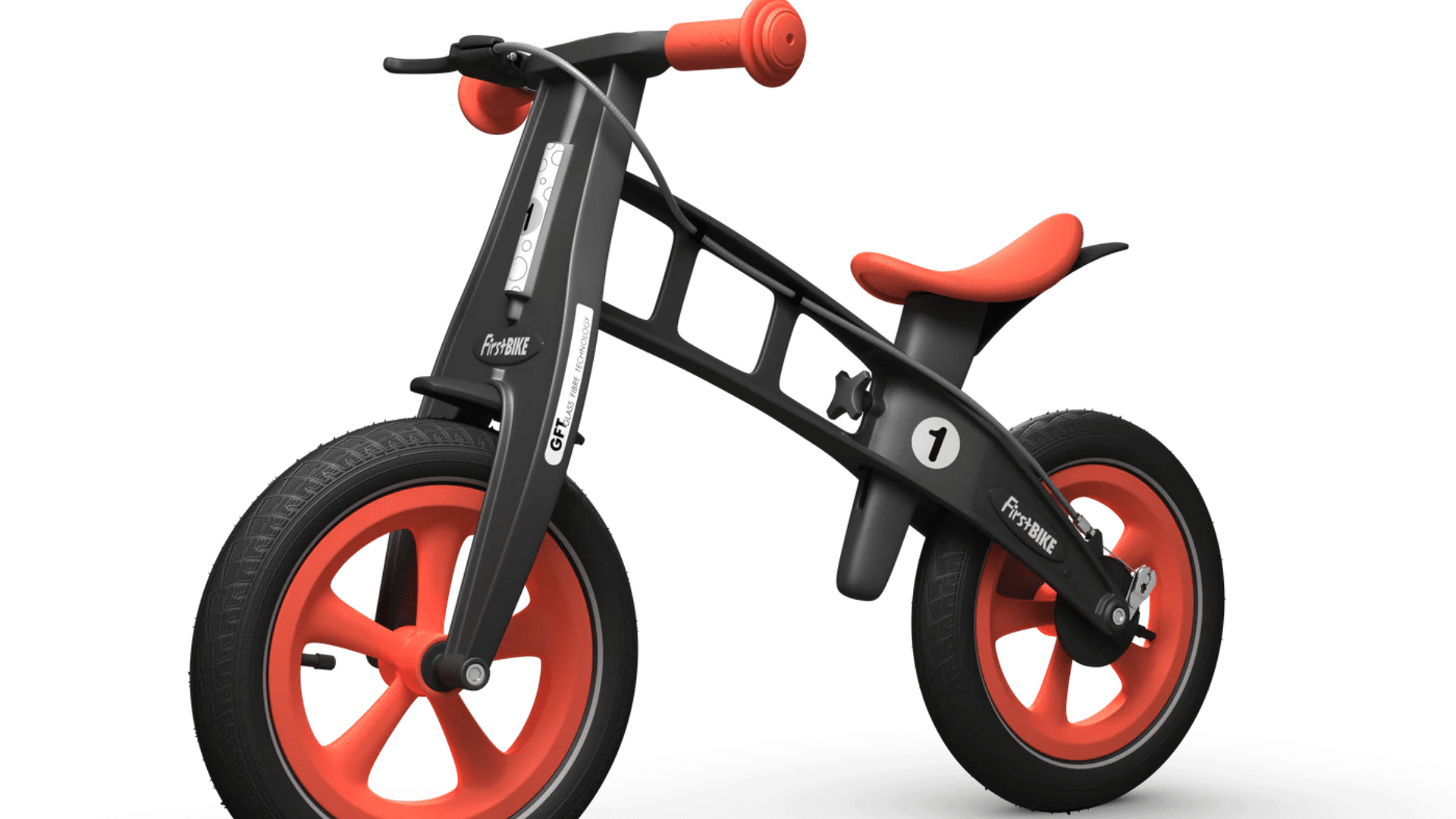
The FirstBIKE Limited Edition offers the most robust construction and includes a hand brake system for teaching proper stopping techniques.
This reinforced plastic composite model works best for older children aged 3 to 6 years. It features customizable sticker themes and pneumatic tires, available in limited edition blue and orange colors.
- Height Range: 36cm to 48cm
- Weight: 3.72kg
- Frame Material: Reinforced plastic with pneumatic tires
4. Budget-Friendly Wooden Option
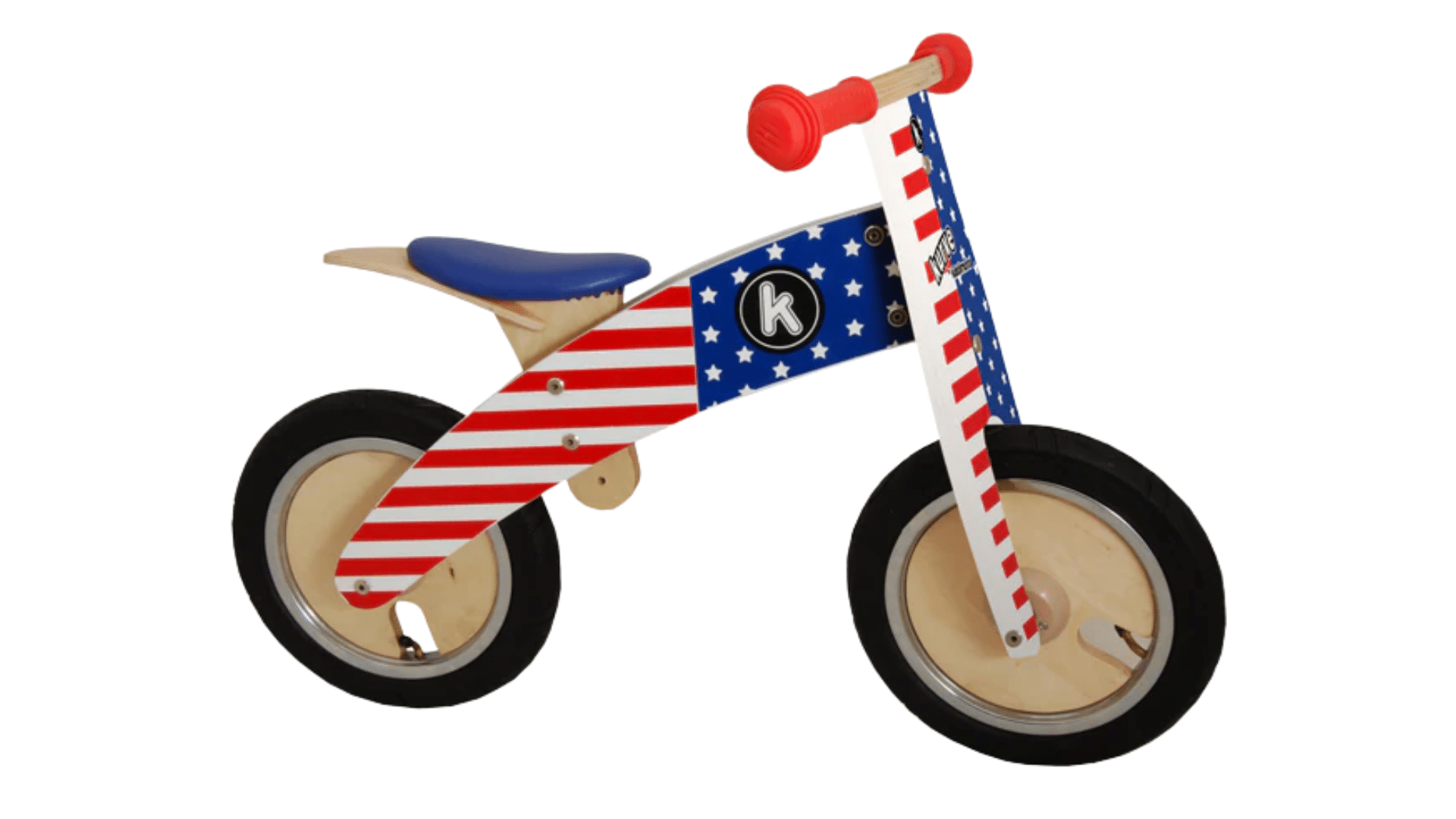
The Kiddimoto Kurve offers classic wooden construction at the most affordable price point in quality balance bikes.
This natural wood bike features pneumatic tires and is available in over 12 colorful designs, including the popular Pastel Dotty pattern. Best suited for children aged 3 to 5 years, it includes a convenient adult handle under the seat.
- Height Range: 38cm to 43cm
- Weight: 3.71kg
- Frame Material: Natural wood with pneumatic tires
The Bottom Line
Balance bikes offer a superior learning method compared to traditional training wheels, giving children natural confidence and balance skills.
Understanding weight limits, seat adjustability, and frame materials helps parents make informed decisions.
Parents should now evaluate their child’s current height, weight, and skill level to select the most suitable option. The right choice will provide years of enjoyment while laying the essential foundations for cycling.


